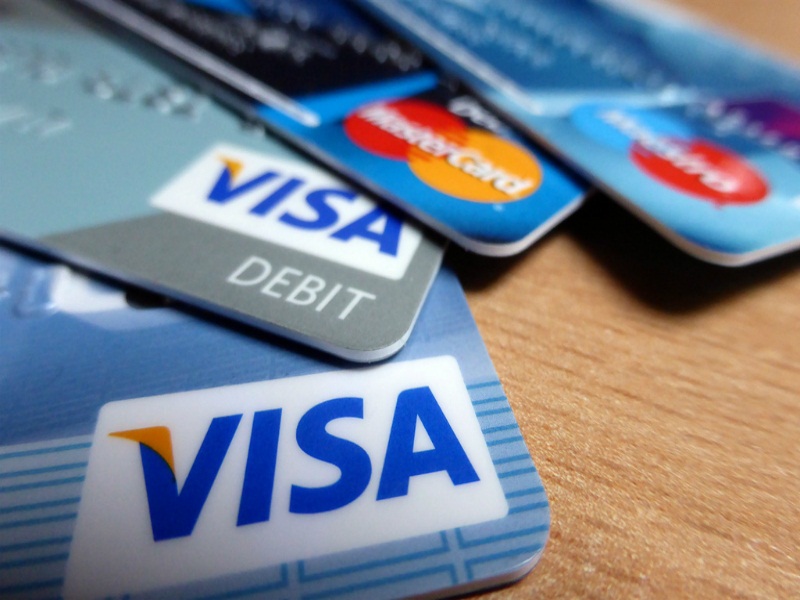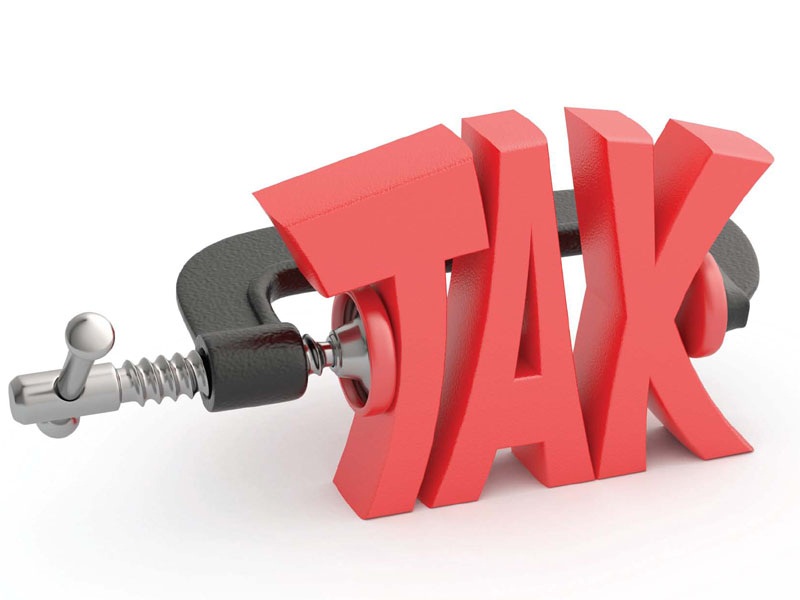 When it comes to getting a loan, it is not always the case that the rate you get is the best possible offer. You need to bargain or even shop around to find out which lender is offering the best rate. The best loan rate is the one with the lowest annual percentage rate (APR), which is the annual interest rate charged for borrowing the loan. You should also consider any other fees you may have to pay upfront for the loan if you are to pay it back the cost in total.
When it comes to getting a loan, it is not always the case that the rate you get is the best possible offer. You need to bargain or even shop around to find out which lender is offering the best rate. The best loan rate is the one with the lowest annual percentage rate (APR), which is the annual interest rate charged for borrowing the loan. You should also consider any other fees you may have to pay upfront for the loan if you are to pay it back the cost in total.
Here are some tips and tricks you can use to get the best rate when borrowing a Finance Guider Payday Loans:
- Define what you need from the loan
For you to compute the best loan rate you can get, you have to identify the amount of money you want to borrow and the repayment period. With this information, you can figure out how much it will cost to borrow the same amount from different lenders. Another option is to use tools on comparison sites that allow you to toy around with the different amount of loans and repayment periods. You get to see how much each monthly payment will cost using the tools. You need to have in mind that the longer the repayment period, the higher the overall interest charged.
- Have a good credit score or improve it
An impressive credit score (780 and above) will most of the time get you some of the best rates in the market when seeking loans. You need to plan early on for borrowing a loan and start building an excellent score. But if your score is poor, it does not mean nothing can be done. You can request a copy of your credit record, comb through it for any errors, and have them rectified to improve your score. Also, consider engaging experts like Boostcredit101, who help in rebuilding credit scores.
- Compare different lenders’ terms
You should not get overly excited and take out a loan from the first lender you approach, unless you have no choice. Visit several lenders, as they may make different decisions when deciding on the rate. Also, study other features of the loan so you can decipher the difference between different lenders. Will the lender allow early repayment if possible, or are there extra handling costs? These should help you understand the total cost and enable you to choose the most favorable option.
- Consider that bigger loans could be cheaper
Most of the time, lenders tend to charge different APRs depending on the amount you borrow. Higher amounts generally attract lower APRs. Surprisingly, the extra amount you need to borrow to qualify for a lower APR can at times be so small, for example $50. All you need to do is find out the amount that qualifies you for the next lowest APR bracket.
- Consider other options besides loans
Is a loan the only option you have to sort out your issues? Certainly it is not always the only way out. You may get a credit card or take out a line of credit. If you need a small amount, like $5000, consider going with a credit card. The advantage of a credit card and even a line of credit (mostly for business) is their flexibility. You can borrow the exact amount you want when you want and repay it as soon as you can. Loans offer you a fixed amount, a fixed interest to pay, and a certain amount of time for repayment.
- Avoid hard inquiries
When in need of a loan, avoid applying for several loans in one go or within a short period of time. Lenders pull your credit score each time you apply, which are hard inquiries. Several hard inquiries will damage your score and may cause you to miss out on the best interest rates. This is mostly if the loan applications are not successful, which can further make a dent in your credit rating. Instead, use quotation search (soft search/inquiry), in which you use your key parameters to find out how much the loan would cost. Soft searches do no harm to your score, and you will be better situated to apply to the right loan—the one that you will most likely get approved.














